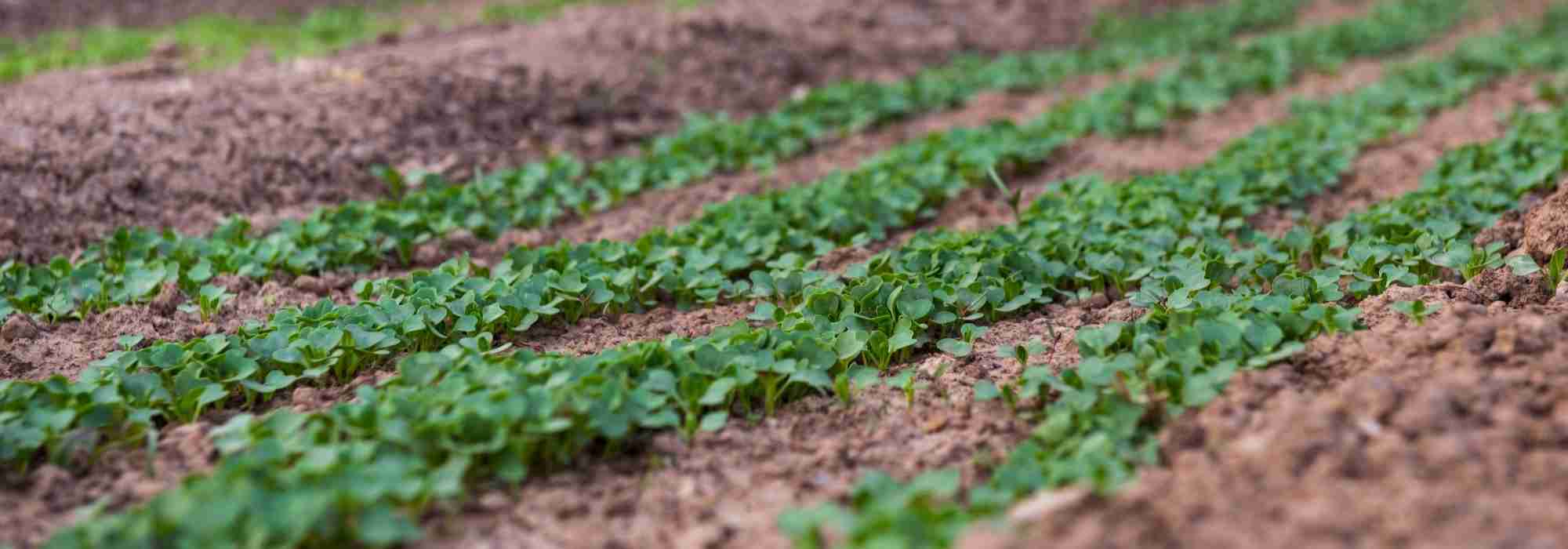
Sowing in rows
Understanding, adapting, and succeeding in online sowing
Contents
Sowing in rows consists, as the name suggests, of placing a series of seeds in a straight furrow within a previously prepared growing bed. More technical than broadcasting or sowing in clumps, this method requires a certain level of expertise to ensure a good germination of the seeds.
Discover everything you need to know about this sowing method and the best tips for achieving vigorous germination of your seeds!
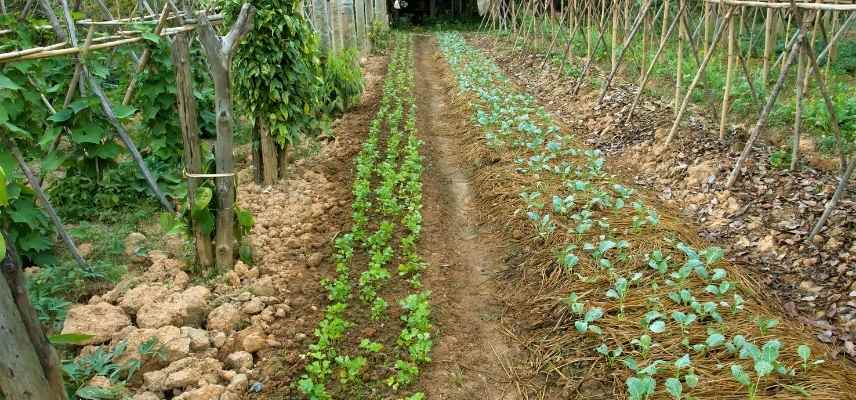
What is sowing in rows and which vegetable species does it concern?
Sowing in rows involves creating a small trench in carefully prepared soil and placing seeds of various species (edible or not) within it. The furrow is then covered with fine soil, usually followed by watering.
The advantages of sowing in rows
- Sowing in rows allows you to organise your vegetable garden into ranks, making harvesting and tasks such as hoeing, weeding, and watering your vegetables easier;
- It also aids in companion planting for vegetables;
- This type of “direct” sowing (meaning directly into the soil) allows plants to avoid the stress of transplanting and quickly establish their roots in the soil.
One of the most crucial aspects of this type of sowing is to choose the right time and closely monitor the weather.
Which vegetables to sow in rows?
Most root vegetables should be sown this way as they do not tolerate transplanting well.
Carrots, parsnips, fennels, salsify, swedes, turnips, radishes, and other horseradishes must go through this step. Of course, almost all vegetables can also be sown in this manner.
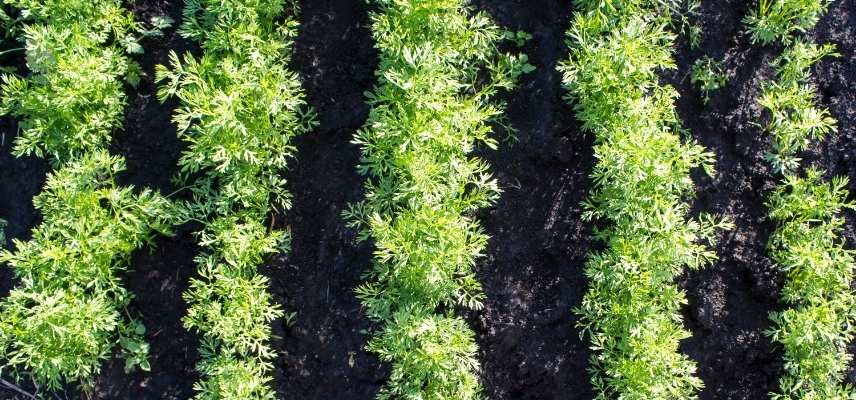
Sowing in rows of carrots
Read also
Broadcast sowing: the successful methodWhen to sow directly in the ground?
In theory, this sowing can be carried out almost all year round. However, it is advisable to avoid doing so during periods of intense frost or heavy rain, as this may disrupt your soil and lead to an explosion of unwanted herbs.
Generally, outdoor sowings finish in October (for example, with broad beans) and resume at the very beginning of March (with lettuces). This is merely a guideline and depends on your geographical location and soil type.
How to sow in rows?
The methods vary depending on whether you are old school (working with bare soil) or new school, which covers the soil permanently (mulching).
Sowing in bare soil
This requires several tools:
- A board to distribute your weight and avoid damaging your soil
- A rake to remove roots, stones, unwanted herbs, and especially to level your soil.
- A hoe or a hand cultivator to remove the adventive plants that would smother your sowings
- A spading fork to loosen your soil
- A claw to crumble your earth
- A watering can to water the bottom of the furrow and the seeds once in place
- Some string and two stakes to mark your line
Despite the work and tools required, sowing in bare soil has the advantage of welcoming seeds in warmed earth, unlike mulched soils.
How to proceed with sowing?
- Place your string and line to mark your row.
- Working backwards, aerate your soil using your spading fork, claw, and rake. These will loosen, crumble, and level your soil.
- Trace your furrow using the handle of one of your tools along your string. The depth of the furrow should not exceed twice the diameter of the seed!
- Before placing the seeds in the furrow, you can water the bottom of the furrow with your watering can (without a rose). This will ensure good moisture retention around the seed.
- Gently cover the furrow with your rake and firm the soil with the back of it. Water again and optionally cover your row in case of severe drought.
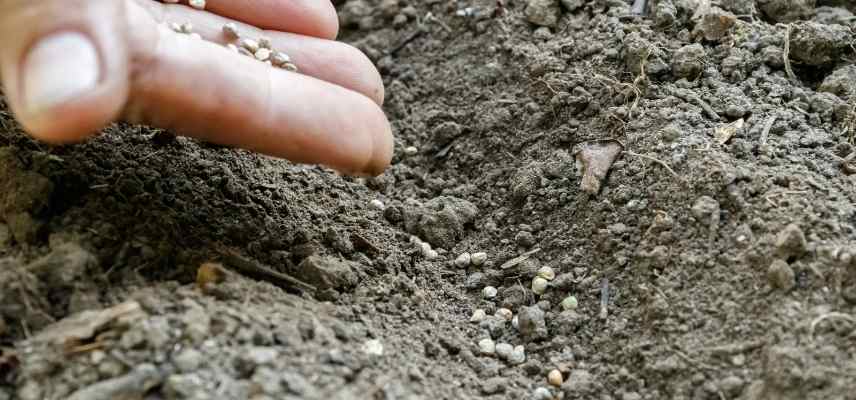
Sowing in mulched soil
Simpler and requiring fewer tools, this type of sowing should be done a bit later. Since soil organisms aerate the soil continuously due to mulching, the tools needed are fewer. The earth warms up less quickly in spring with this technique.
We will therefore need:
- Some string and lines to define the sowing area
- A claw (optional) to loosen the soil
- A watering can
- A board
Direct sowing on mulched soil is less physically demanding and will require fewer tools.
- Start by clearing the mulch over a width of about twenty centimetres (the width of your claw). This can be replaced at the base of your seedlings once they have grown.
- Loosen your soil unless it does not need it and has the texture of potting soil (common when soil life is optimal!).
- Trace a furrow with your tool handle and sow.
There is little to no weeding required in properly mulched soil.
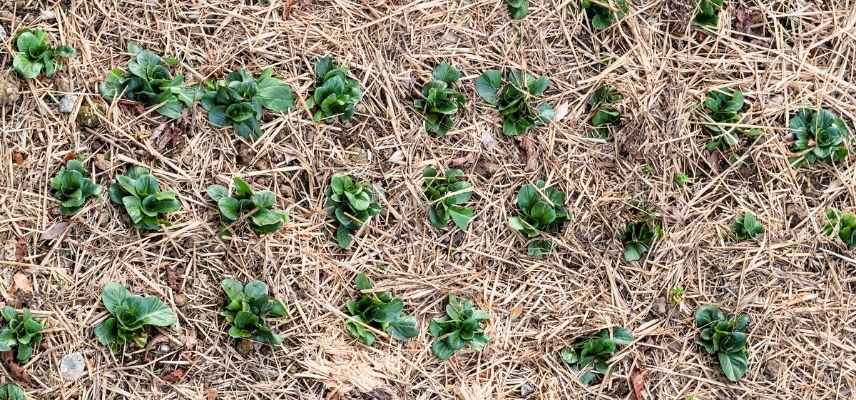
Read also
Thinning of sowingsAnd then?
Once sowing is complete, it is imperative to keep an eye on it! Drying out of your soil as well as your seeds is very detrimental to their germination.
François’s tip: place some straw or hessian over your furrow to prevent water loss and allow the seedlings to breathe.
Cats, birds, and rabbits love freshly turned soil for various reasons. **Placing a filament on the ground or interwoven branches will deter them from ruining your work!**
**Don’t forget to sow at reasonable densities: according to the saying, those who sow sparingly will reap abundantly!** A measured sowing will save you from having to separate your seedlings and will conserve seeds.
**It is entirely possible to refill the furrow with a sand/compost mix to warm the seeds, ensure good drainage, and fertilise the soil.**
- Subscribe!
- Contents
































Comments